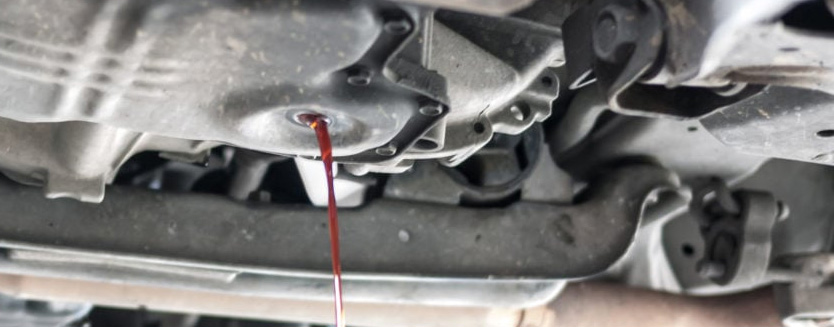Ever wondered what keeps your car humming along smoothly? We often think about the engine, the tires, and maybe even the fancy infotainment system. But there’s a silent hero working tirelessly under the hood: the transmission. And just like any vital organ, it needs the right fluids to function properly. So, the big question is: can a car run without transmission fluid? The short answer is… well, it’s complicated. Let’s dive into why skipping this crucial fluid is a recipe for disaster.
The Critical Role of Transmission Fluid
Transmission fluid is more than just a lubricant. It’s the lifeblood of your car’s transmission, performing several crucial functions. Think of it as a multi-tasking superhero!
- Lubrication: It reduces friction between moving parts, preventing wear and tear.
- Cooling: It dissipates heat generated by the transmission, preventing overheating.
- Hydraulic Power: In automatic transmissions, it acts as a hydraulic fluid, enabling gear changes.
- Cleaning: It helps remove debris and contaminants from the transmission.
Without adequate transmission fluid, these functions are compromised, leading to serious problems. Imagine trying to run a marathon without water – not a pretty picture, right?
Interesting Tip: Check your transmission fluid regularly! A dipstick is usually located under the hood, similar to the engine oil dipstick. Consult your owner’s manual for the exact location and procedure.






